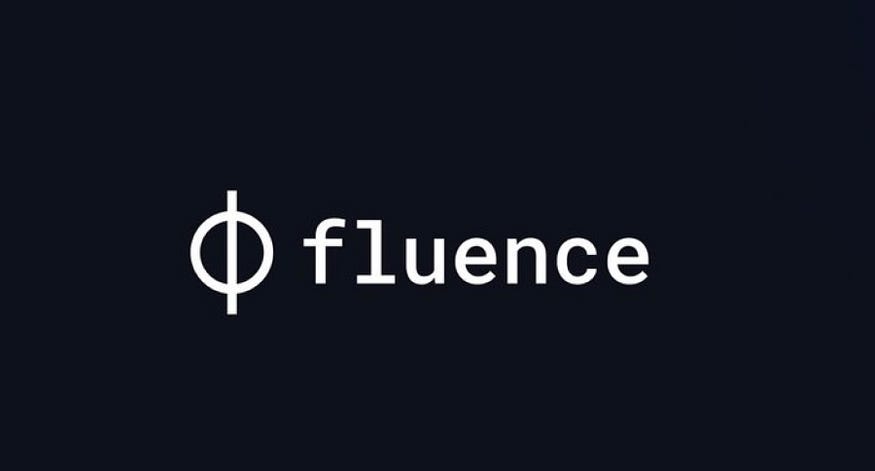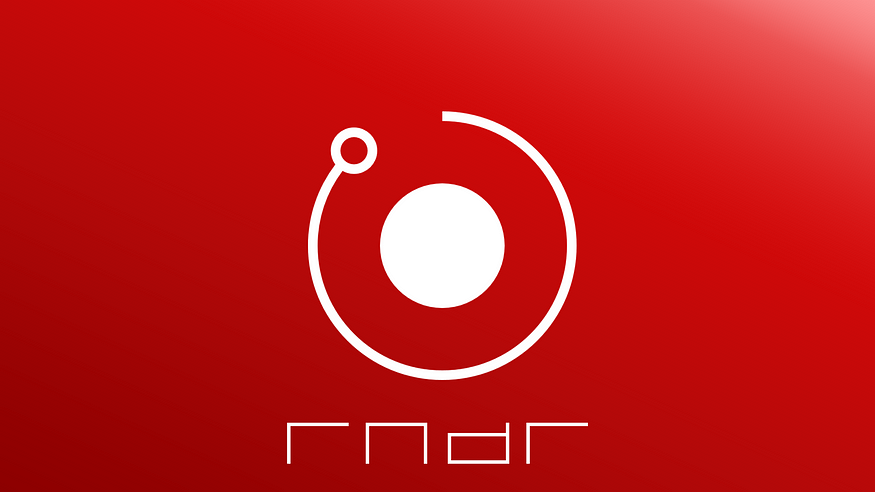DePIN Compute Battle Fluence, Akash, IO.net, Render, and Aethir — Full Comparison & Future Outlook
 Apurva Jain
Apurva JainAs the world’s hunger for computing power accelerates — especially with the rise of AI and Web3 — a new wave of decentralized infrastructure (DePIN) projects is emerging to break the dominance of centralized cloud giants like AWS, Google Cloud, and Azure.
In this blog post, we’ll dive deep into five leading DePIN projects — Fluence, Akash, IO.net, Render, and Aethir — each building a unique, decentralized path to make computing more accessible, secure, and fairly priced.
Among them, Fluence stands out as the first truly decentralized, cloudless computing platform, not just another blockchain-based cloud mimic. Let’s explore what makes each of these projects powerful in their own right — and why Fluence may be the most undervalued gem in the space.
Fluence

Fluence isn’t just another decentralized cloud platform — it’s a category-defining innovation that removes centralized control entirely. Built from first principles, it ensures verifiability, trustlessness, and decentralization using cryptographic proofs and crypto-economic incentives.
At the heart of Fluence lies a novel architecture based on three core concepts:
Cloudless Functions — Decentralized, serverless compute without any central coordinator
Compute Functions — The actual execution units, powered by the Marine WebAssembly runtime
Managed Effects — A bridge to Web2 and Web3 external systems
To choreograph distributed workflows, Fluence introduces Aqua, a custom programming language that defines how tasks flow across multiple compute peers dynamically and securely.
Features like auditability, resistance to replay/MITM attacks, and true parallelism make Cloudless Functions a breakthrough in DePIN coordination.
Fluence’s network consists of heterogeneous compute peers owned by multiple independent providers. Each peer executes workloads based on the developer-defined logic, and the Cloudless Scheduler allows triggering by time or external events like on-chain triggers.
Fluence is currently:
Live with enterprise-grade data centers in the U.S., Europe, and Asia
Powering real Web3 and AI workloads
Offering near Web2-level UX with on-chain verifiability (via Arbitrum Orbit rollup)
Its native token $FLT governs staking and rewards — and will soon enable RWA-style tokenization of compute power.
What’s Next for Fluence ?
Tokenization of compute resources as Real World Assets (RWA)
GPU support for AI inference, training, and real-time workloads
TEE (Trusted Execution Environment) integration for confidential compute
Global expansion across South America, Europe, and Asia
Partnerships with major dApps and AI ecosystems
Fluence is not competing with cloud — it’s building a cloudless future.
Akash

Akash Network is a pioneer in the decentralized cloud infrastructure space and one of the first DePIN projects to gain real-world adoption. Designed to disrupt traditional cloud pricing models, Akash enables developers to deploy containerized workloads across a global network of independent service providers — at a fraction of the cost of centralized alternatives.
Built on the Cosmos SDK, and secured by its native token $AKT, Akash introduces a truly permissionless marketplace for compute, while maintaining a focus on user privacy, flexibility, and performance.
What’s Next for Akash ?
Hardware attestation and verification
Secret management for encrypted deployments
AMD GPU support to expand provider flexibility
Decentralized logging and monitoring capabilities
Akash offers a practical, cost-efficient DePIN cloud — but lacks Fluence’s architectural innovation
IO.net
In the rapidly expanding world of artificial intelligence and machine learning, access to powerful GPUs has become both a bottleneck and a luxury. Traditional cloud providers are often unable to meet demand, offer limited availability, and charge exorbitant rates. IO.net steps in with a bold alternative: a decentralized, on-demand GPU marketplace built specifically for AI workloads.
By aggregating underutilized GPU resources from miners, independent data centers, and other decentralized networks, IO.net creates a global infrastructure layer optimized for AI and machine learning tasks — and delivers it at a fraction of the cost of centralized services.
Why IO.net Matters ?
AI and ML development today is fundamentally constrained by:
Limited availability of high-performance GPUs
Long provisioning times on cloud services like AWS or GCP
High cost, making experimentation and scaling prohibitively expensive
What’s Next for IO.net ?
Visual pipeline builder for agent-based deployment
Staking-based provider quality incentives
GPU cluster boot optimization
Institutional onboarding and DeFi-integrated compute payments
IO.net turns GPU access into a programmable commodity — but lacks Fluence’s full-stack execution model.
Render Network

Render Network solves this imbalance by decentralizing access to GPU resources, allowing artists, creators, and studios to tap into idle GPUs globally through a peer-to-peer rendering marketplace. By combining blockchain incentives, smart task distribution, and deep integration with creative software, Render is becoming the default infrastructure layer for digital creation in Web3.
What’s Next for Render ?
Expansion into general-purpose GPU compute
Broader plugin and software integrations
Support for spatial computing and XR platforms
Aethir

AI inference and real-time gaming require low-latency GPU access — something traditional cloud struggles to deliver consistently. Aethir solves this by building a decentralized, high-performance GPU grid optimized for real-time tasks.
What’s Next for Aethir ?
Launch of Aethir Compute API for developer integrations
Scaling network to 1 million+ GPUs
Advanced telemetry and performance analytics
Expansion into Web3 gaming ecosystems
Aethir is focused and fast-growing — but unlike Fluence, it does not offer verifiability or logic programmability.
My Final Thoughts
As decentralized infrastructure becomes the foundation of the next generation of the internet, the role of DePIN projects is growing more essential each day. From powering AI models and immersive worlds to enabling real-time rendering and developer freedom — DePIN is not just disrupting Web2, it’s redefining what’s possible.
At the heart of this transformation stands Fluence — a project that goes beyond decentralization to deliver a cloudless, verifiable, and programmable compute layer.
Fluence isn’t just creating alternatives to the cloud — it’s pioneering an entirely new architecture:
Where computation is trustless and auditable
Where execution logic is defined by developers, not cloud providers
Where infrastructure can be owned, staked, and governed on-chain
And where flexibility meets security at the protocol level
With innovations like Cloudless Functions, the Aqua language, Marine WebAssembly runtime, and a powerful global compute marketplace — Fluence is setting the standard for what decentralized infrastructure should look like in 2025 and beyond.
And with its roadmap including GPU support, TEE integration, RWA tokenization, and global expansion, the potential ahead is enormous.
Fluence is not just building the future of decentralized compute — it’s building a future where the cloud is no longer needed.
As the world demands more transparency, control, and sovereignty over digital infrastructure, Fluence is delivering exactly that — one cloudless function at a time.
Subscribe to my newsletter
Read articles from Apurva Jain directly inside your inbox. Subscribe to the newsletter, and don't miss out.
Written by
